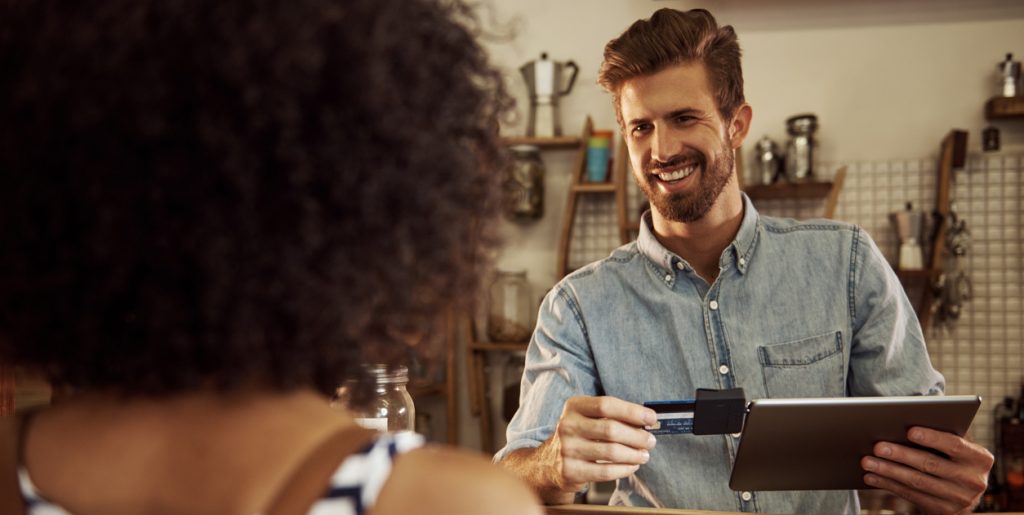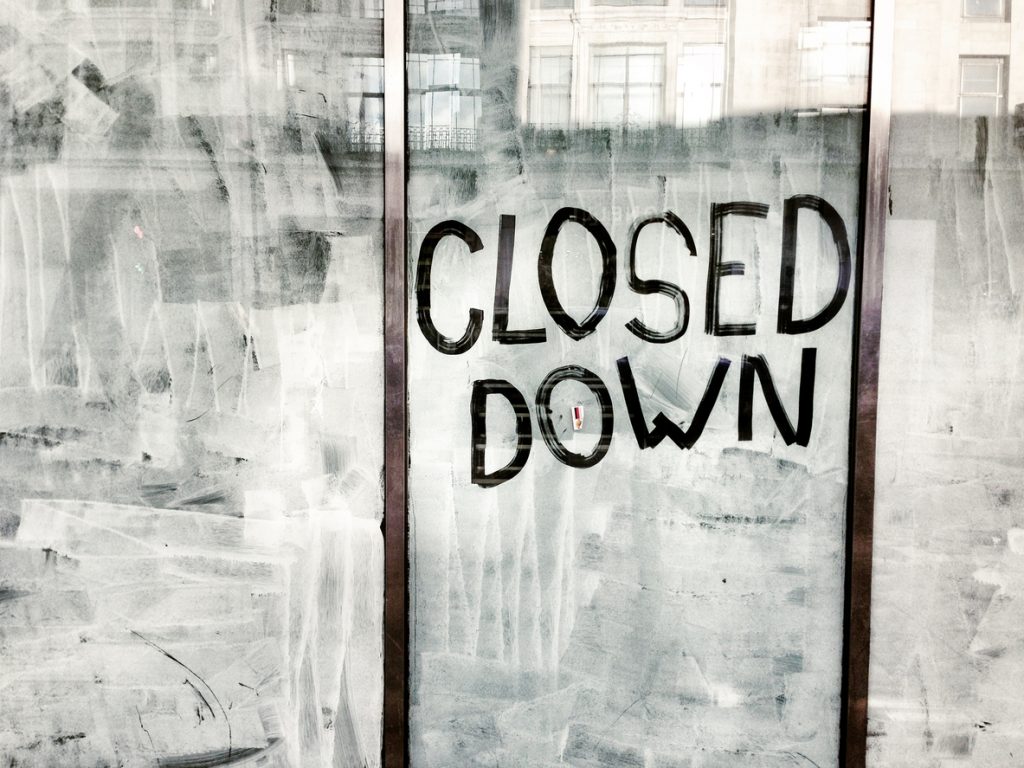Every day, there seem to be more announcements that retailers are in trouble or closing. Certainly, there are multiple reasons why retailers fail, but there are a few common themes to the current closures that we can all learn from. Understanding the needs and habits of today’s consumer, we cover some ways to avoid joining the growing list of retailers affected by the retail apocalypse.
1. Make service a priority

Most interactions in retail stores are about servicing customers, and it’s important to recreate that experience online. That’s why all apocalypse-thriving retailers have web features that bridge the online and offline service gap that plagues other lagging brands.
Rent the Runway, an NYC-based luxury label rental store, has increased business by 100 percent since opening their first store by amping up their online service to the quality of that in-store. Online, customers can purchase rentals or even request items to be delivered within three hours for a nominal delivery fee. Rent the Runway also makes their reputable fashion and fitting consultants accessible to customers online via their “Dedicated Unlimited Concierge Team” service subscription.
Similar digital service features are also being successfully used by high-end brands such as Harry Rosen to connect customers to in-store sales associates. In fact, after integrating customer engagement banners into webstores, service requests went up 50 percent on average.
2. Be data-centric

Personal data is the key to understanding the preferences and purchasing patterns of shoppers, and it’s been beauty giant Sephora’s secret weapon in becoming retail apocalypse-proof.
Sephora uses customer data to construct highly personalized marketing campaigns, offers, and adverts to convince casual browsers to check-out online and in-store. The insights gained from their online shoppers and VIB loyalty program have helped them become the number one selling cosmetics retailer in Canada and the US, and their brick-and-mortar locations are only expanding.
Using data from online channels also helps in offline marketing. Monitoring customer product reviews online, for example, now helps retailers better manage and display their inventory in-store. Best Buy has just recently integrated such data into their own stores by displaying online reviews alongside their products on shelves, which makes their customers’ omnichannel shopping journey even easier.
3. Use the newest tech

Top-tier retailers are using only the latest gadgets to improve their shopping experience. In fact, you could say there’s now a retail arms race to integrate new “endless aisle” technology into stores.
Endless aisle-ing is yet another omnichannel approach that allows customers to easily order out-of-stock items on their mobile device or other convenient interfaces installed in their local store.
Walmart Canada has already begun pioneering endless aisle tech by outfitting touch screen kiosks in its stores and providing local pick-up options to combat the rivalling convenience of other online mega-retailers such as Amazon.
Sephora has also geared up its stores by collaborating with Pantone to produce ColorIQ, a program that pairs shoppers’ skin tones with a matching shade of makeup. The beauty giant continues to produce other creative solutions through their innovation lab in a race to be one of the most tech-enabled brands in the market.
————–
Brands taking steps to improve their service, data collection, and tech demonstrate the difference between surviving and thriving. Bringing the online shopping experience into brick-and-mortar stores and vice versa expands consumers’ purchasing options, and that convenience brings foot and web traffic running to brands.
If you, too, want to avoid joining the ranks of the retailers succumbing to the retail apocalypse, you’ll need to keep up with your customers’ expectations. And yes, we can help with that.
